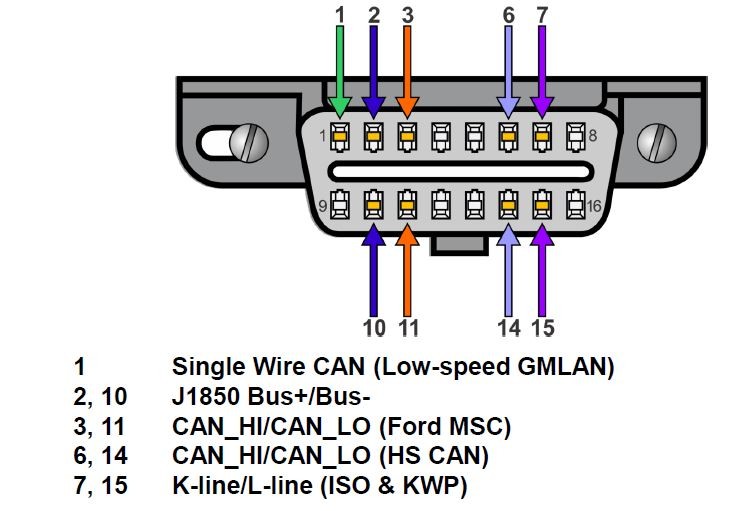Connecting a new GPS or aftermarket radio to your Chevy often requires tapping into the Vehicle Speed Sensor (VSS) signal. This signal provides crucial data for accurate GPS functionality and can also be used for features like speed-sensitive volume control. Finding the correct Chevy Obd2 Vss Wire can be challenging, so this guide provides a comprehensive approach to locating and utilizing this important signal.
Understanding the Chevy OBD2 System and VSS
The OBD2 (On-Board Diagnostics) system in your Chevy is a standardized system that allows external devices to access vehicle data. The VSS is a sensor that measures the speed of your vehicle and transmits this information to the ECU (Electronic Control Unit). This data is then available on the OBD2 bus. Accessing the VSS signal directly from the OBD2 port eliminates the need to splice into factory wiring harnesses, simplifying the installation process for aftermarket devices.
Methods for Accessing the Chevy OBD2 VSS Wire
There are two primary methods for accessing the VSS signal:
1. Direct Wiring:
This method involves locating the VSS wire within the vehicle’s wiring harness and splicing into it. While this provides a direct connection, it can be difficult and time-consuming. Identifying the correct wire within a complex harness often requires consulting vehicle-specific wiring diagrams. This method is generally not recommended for those unfamiliar with automotive wiring.
2. OBD2 Port Access:
This method utilizes the standardized OBD2 port to access the VSS data. Using an OBD2 adapter or interface device allows you to retrieve the VSS signal without any direct wiring modifications. This approach is significantly simpler and less invasive than direct wiring. This method requires an understanding of OBD2 protocols and the use of a compatible device.
Using an OBD2 Interface for VSS Signal Retrieval
Accessing the VSS signal through the OBD2 port requires an interface device that can decode the data stream. This device translates the raw data from the OBD2 bus into a usable format for your GPS or other device.
OBD2 Protocols and the STN1110 Chip:
Various communication protocols are used in OBD2 systems, including CAN, J1850, and ISO9141. The STN1110 chip is an example of an OBD2 interpreter that simplifies the process by converting these complex protocols into a user-friendly ASCII-based UART interface.
Retrieving VSS Data:
Using a device like the STN1110, you can send a specific request (PID 010D) to the OBD2 system to retrieve the vehicle speed data. The response will contain the vehicle speed in kilometers per hour. This data can then be used to generate a speed pulse signal compatible with your GPS or other device.
Considerations for OBD2 VSS Implementation
When implementing an OBD2-based VSS solution, consider these factors:
- Protocol Compatibility: Ensure your chosen interface device supports the specific OBD2 protocol used in your Chevy model year.
- Power Management: Design your circuit with low power consumption in mind to avoid draining the vehicle’s battery.
- Surge Protection: Implement appropriate surge protection measures to safeguard your device from voltage spikes common in automotive environments.
Conclusion
Accessing the Chevy OBD2 VSS wire for GPS or other aftermarket device integration can be achieved through direct wiring or via the OBD2 port. Utilizing the OBD2 port with a suitable interface device offers a simpler, less invasive, and more reliable solution. By understanding OBD2 protocols and employing a chip like the STN1110, you can easily retrieve and utilize the VSS signal for various applications. Remember to consider protocol compatibility, power management, and surge protection when designing your implementation.

